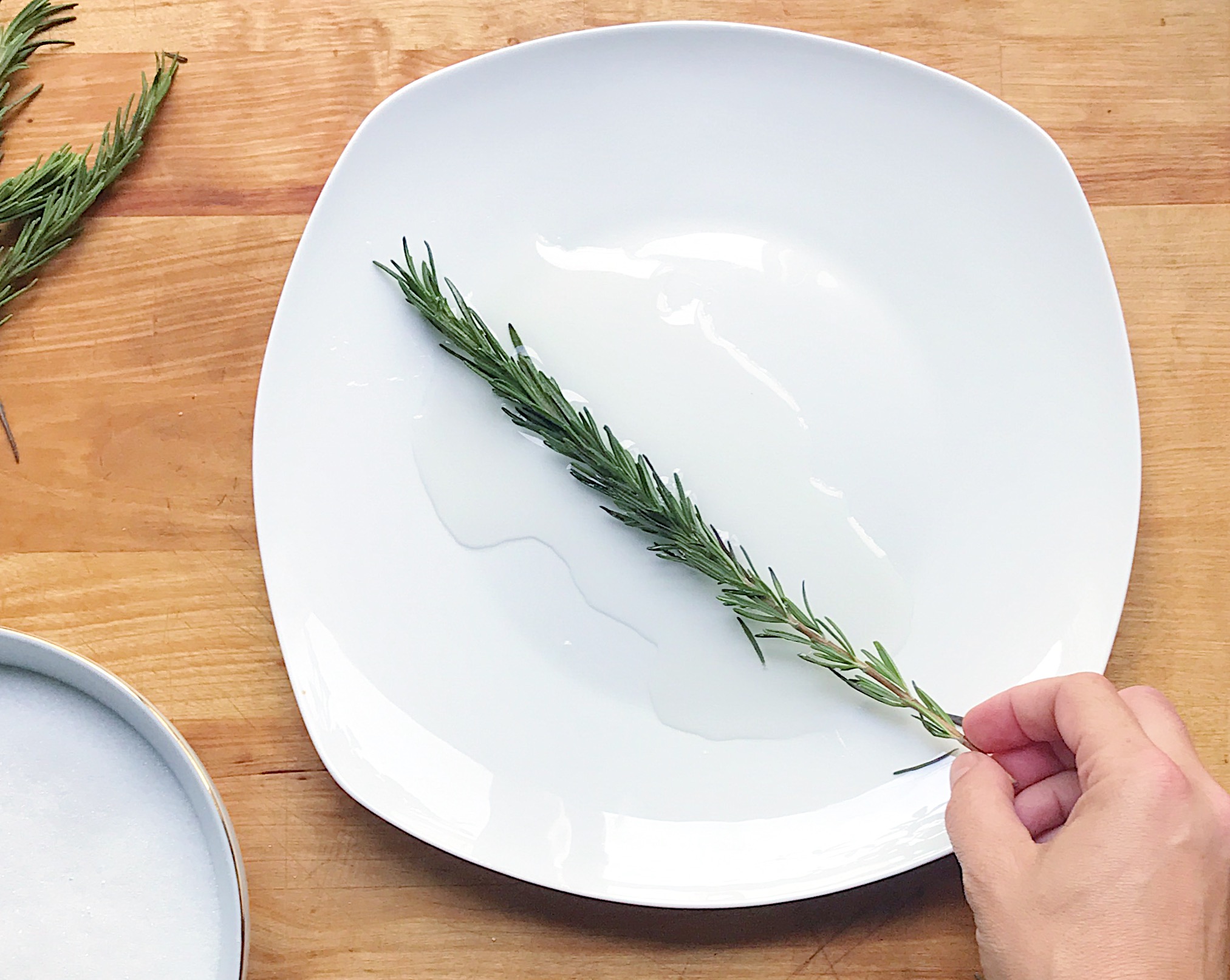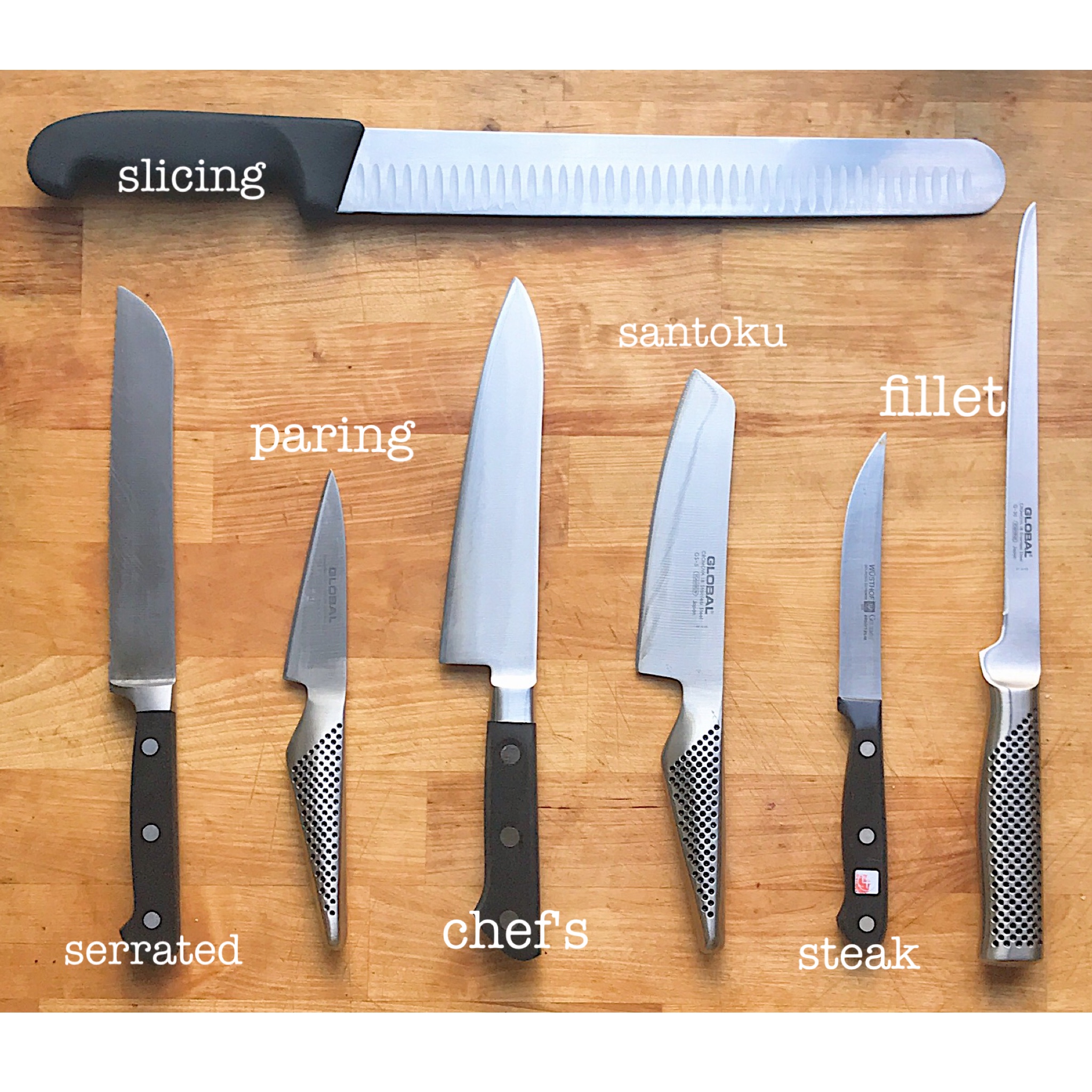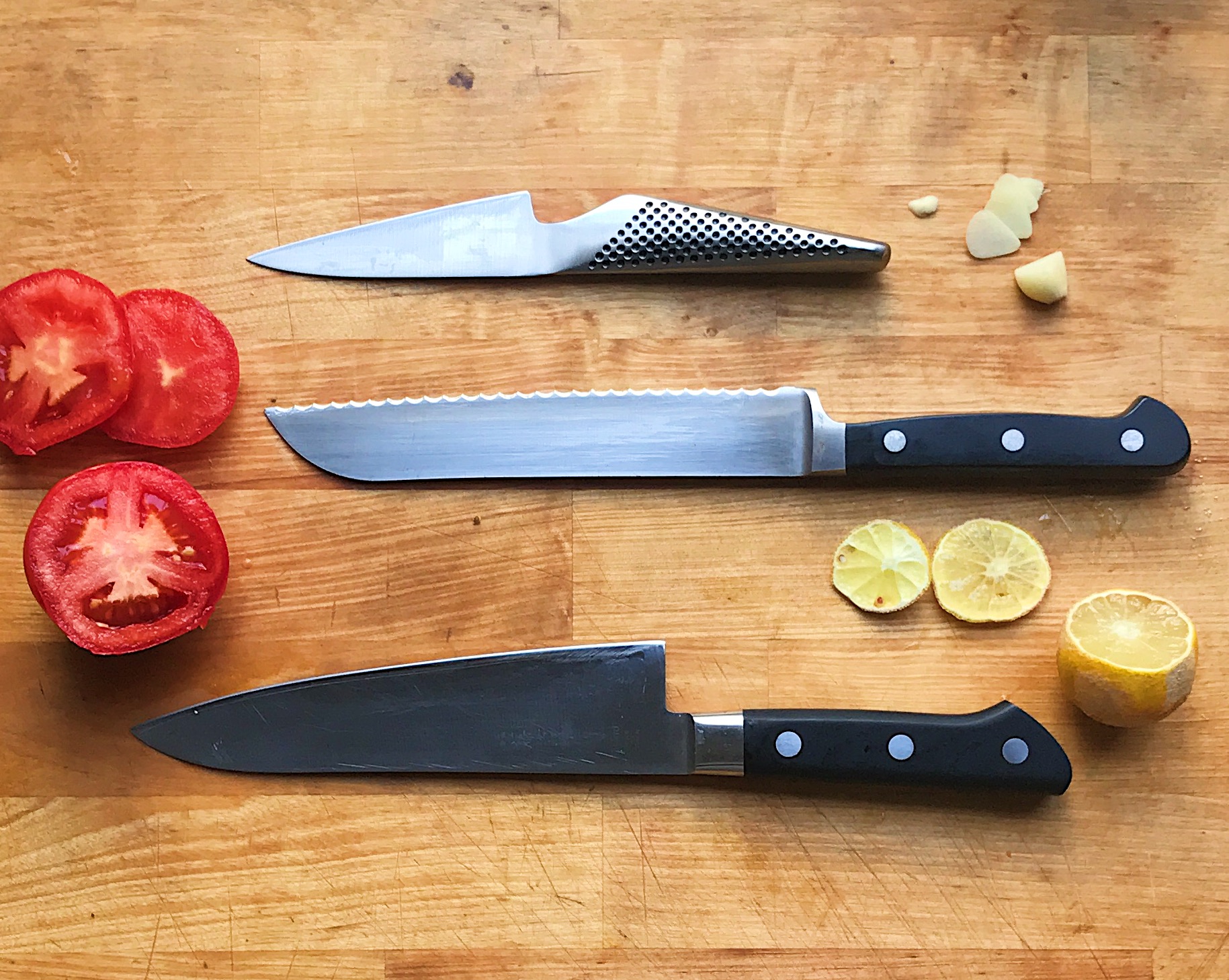whether i like it or not, the holidays are just around the corner. our november catering and cake schedule is already looking full and december is starting to add up. so i'm starting to do little things in advance that i can keep on hand during the holiday season to make my life easier.
first up are these beautiful frosted rosemary sticks. they are beautiful in a cocktail, they can be broken up and used for small hits of pretty green on a cake or you can use a few to style up a platter that is a little bland in color and needs some holiday cheer. plus they smell AMAZING.
frosted rosemary
serves: 4 rosemary sprigs
prep time: 1 minute
active time: 4 minutes
total time: 5 minutes
ingredients: 4 sprigs rosemary. 1 tbs simple syrup. .25 cup sugar. 1 plate.
start by pouring your the simple syrup onto your plate. gently brush your rosemary sprigs through the simple syrup one at a time.
after the sprig gets brushed with simple syrup, gently sprinkle it with the sugar.
i like to pour the sugar over a plate or bowl to catch any excess. once your rosemary sprig is frosted, set it aside on a platter or in a jar and finish the remaining sprigs.
use immediately or store in an airtight container in the fridge for up to a week.
xo, a
frosted rosemary
serves: 4 rosemary sprigs
prep time: 1 minute
active time: 4 minutes
total time: 5 minutes
ngredients: 4 sprigs rosemary. 1 tbs simple syrup. .25 cup sugar. 1 plate. start by pouring your the simple syrup onto your plate. gently brush your rosemary sprigs through the simple syrup one at a time. after the sprig gets brushed with simple syrup, gently sprinkle it with the sugar. i like to pour the sugar over a plate or bowl to catch any excess. once your rosemary sprig is frosted, set it aside on a platter or in a jar and finish the remaining sprigs. use immediately or store in an airtight container in the fridge for up to a week.














